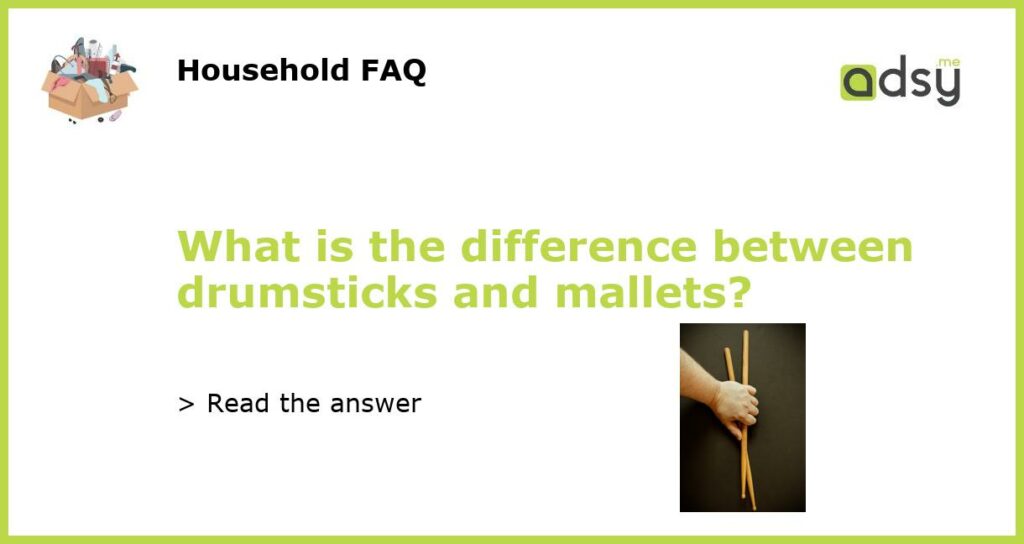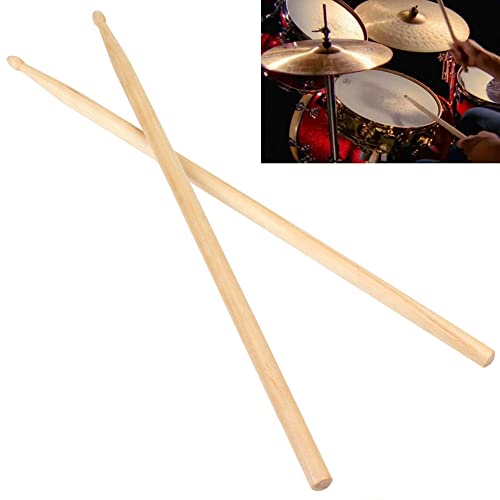Drumsticks Vs. Mallets: Understanding the Difference
As a percussionist, one of the most important decisions you’ll make is which drumstick or mallet to use. But with so many options available on the market, it can be difficult to know where to start. One of the first things to consider is the difference between drumsticks and mallets. While both are used to strike percussion instruments, they have distinct differences in terms of their design and function.
Drumsticks
Drumsticks are the most commonly used percussion tool, made for playing most drums and cymbals. They are typically made from hickory, maple, or oak, and come in different sizes and shapes. The standard drumstick is a tapered stick with a rounded tip, made for playing drums like snare, bass, and toms. Larger sticks are often used for louder music, while smaller ones offer more precise control for softer music.
One of the main advantages of drumsticks is their versatility. They can be used to play a wide range of percussion instruments and are suitable for many genres of music, including rock, jazz, and orchestral music. Additionally, drumsticks offer the performer more control, allowing them to play with a greater degree of precision.
Mallets
Mallets, on the other hand, are designed to play instruments like marimbas, xylophones, and vibraphones. Unlike drumsticks, which are typically made from wood, mallets are made from materials like rubber, plastic, or yarn wrapped around a solid core. The tips of a mallet are often shaped like balls, or in some cases, discs, which help produce a softer, more resonant sound.
Because mallets are generally used for softer, more delicate music, they require less force to produce sound, and are less likely to damage instruments. While drumsticks rely on greater force and impact to produce volume, mallets use a different technique, gliding across the keys and producing a more sustained, melodic sound.
Choosing the Right Tool for the Job
Ultimately, choosing between drumsticks and mallets is all about knowing which tool is best suited for the task at hand. If you’re playing a drum set or cymbals, you’ll likely want to use drumsticks. On the other hand, if you’re playing a marimba or xylophone, mallets are the way to go. And of course, personal preference and style can also play a factor in your choice of percussion tool.
Caring for Your Percussion Tools
Regardless of which percussion tool you choose to use, it’s important to take care of them properly to ensure they last as long as possible. Make sure to keep them in a dry, climate-controlled space, avoid dropping them or hitting them against hard surfaces, and regularly clean them to remove any dirt or debris. With the proper care and attention, your drumsticks or mallets can last for years to come.






